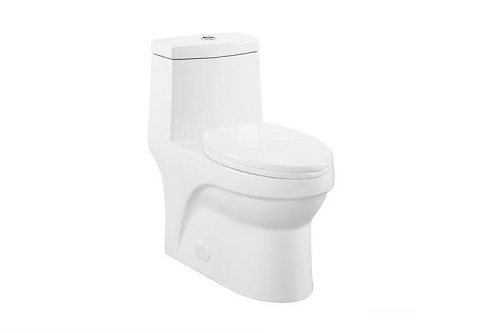Upgrading Your Bathroom: A Guide to Toilet Replacement
When it comes to home improvements, the bathroom is often an overlooked yet crucial space. One of the key elements in any bathroom is the toilet, and sometimes, it’s necessary to consider a replacement. Whether you’re dealing with an old, inefficient model or simply want to give your bathroom a modern facelift, here’s a comprehensive guide to toilet replacement.
Signs it’s Time for a Toilet Replacement:
1. Constant Repairs:
If your toilet seems to be in need of repairs more often than not, it might be more cost-effective to replace it altogether. Frequent issues such as leaks, clogs, or a continuously running toilet can indicate a larger problem.

2. Outdated Design:
Perhaps your bathroom is due for a makeover, and the old toilet just doesn’t match your updated aesthetic. Modern toilets come in various styles, from sleek and contemporary to classic and traditional.
3. Water Efficiency:
Older toilets tend to use more water per flush, contributing to higher water bills. Upgrading to a newer, water-efficient model not only saves you money but also benefits the environment.
Choosing the Right Toilet:
1. Flush Type:
Decide between a gravity-fed flush or a pressure-assisted flush. Gravity-fed toilets are common and budget-friendly, while pressure-assisted toilets provide a more powerful flush.
2. Bowl Shape:
Toilets come in two main bowl shapes: elongated and round. Elongated bowls offer more seating space and are often considered more comfortable.
3. Height:
Consider the height of the toilet. Standard height toilets are about 15 inches tall, but “comfort height” toilets are a few inches taller and can be easier for some individuals to use, especially those with mobility concerns.
The Toilet Replacement Process:
1. Turn Off the Water:
Start by turning off the water supply to the toilet. Flush to remove excess water from the tank.
2. Disconnect Water Supply:
Disconnect the water supply line from the toilet tank.
3. Remove the Old Toilet:
Loosen and remove the nuts securing the toilet to the floor. Carefully lift the old toilet and dispose of it properly.
4. Prepare the Area:
Clean the area where the new toilet will be installed. Ensure the flange is in good condition.
5. Install the New Toilet:
Follow the manufacturer’s instructions to install the new toilet. This typically involves securing it to the floor, connecting the water supply, and attaching the tank.
6. Check for Leaks:
Turn the water supply back on and check for any leaks. Make any necessary adjustments.
Professional Assistance:
While some homeowners may feel confident in tackling a toilet replacement as a DIY project, it’s essential to recognize when professional assistance is needed. A handyman or plumbing professional can ensure that the installation is done correctly, preventing potential issues down the line.
Investing in a new toilet not only improves the functionality of your bathroom but also adds value to your home. If you’re considering a toilet replacement, reach out to Handyman Pro Services for expert assistance and a seamless installation process. Upgrade your bathroom and enjoy the benefits of a modern, efficient toilet today!